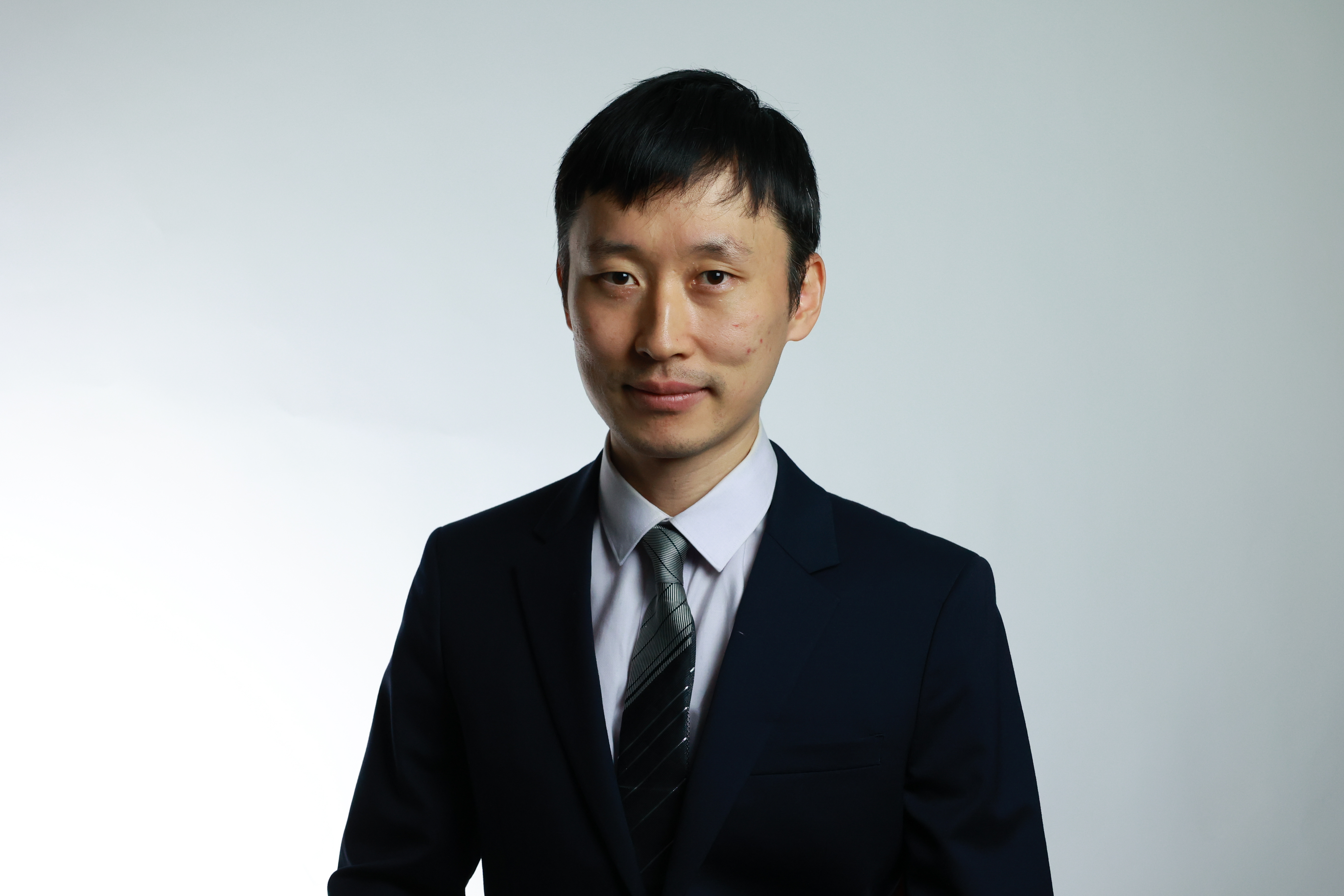Researchers from Baylor, Notre Dame and University of Chicago Develop New Approach to Measuring Poverty Rates
Analysis challenges common misconceptions about short- and long-run changes in poverty

Jeehoon Han, Ph.D., assistant professor in the Department of Economics at Baylor University’s Hankamer School of Business, Photo Credit: Baylor University
Contact: Kelly Craine, Baylor University Media & Public Relations, 254-297-9065
Follow us on X (Twitter): @BaylorUMedia
WACO, Texas (Jan. 4, 2024) – The United States began tracking poverty rates in the 1960s as part of the War on Poverty. Today, the U.S. Census Bureau reports two income-based measures of poverty each year: the Official Poverty Measure (OPM) and the Supplemental Poverty Measure (SPM).
The OPM is calculated using only cash income before taxes. The SPM, as a part of its calculation, includes non-cash benefits designed to assist low-income families like tax credits or SNAP benefits. Neither calculation fully takes into consideration the material circumstances of individuals and families.
Jeehoon Han, Ph.D., assistant professor in the Department of Economics at Baylor University’s Hankamer School of Business, along with Bruce D. Meyer, Ph.D., The McCormick Foundation Professor at the University of Chicago Harris School of Public Policy, and James X. Sullivan, Ph.D., professor of economics at the University of Notre Dame and director of the Wilson Sheehan Lab for Economic Opportunities, have developed a different approach that address the flaws of the OPM and SPM by using consumption to create a poverty measure.
Consumption, which measures what families are able to purchase in terms of food, housing, transportation and other goods and services, offers a better indicator of economic well-being than income. Using their consumption-based measures, the researchers found substantive differences in the long-term trends for consumption and income poverty.
“Between 1980 and 2022, consumption poverty fell by more than 27%, from 33.8% to 6%,” Han said, “while the official poverty rate fell by only 1.5% over that period.”
The researchers identified three key factors contributing to the disparity between consumption and official poverty metrics:
- Flawed adjustments to the federal poverty line to account for inflation;
- Reliance on a narrow definition of income; and
- Biased measures of family resources.
Moreover, the coauthors found that consumption poverty showed a stable trend during recent years when after-tax income poverty fluctuated substantially.
Assets for low consumption families rose substantially in 2021 and then returned to pre-pandemic levels in 2022, suggesting that saving and dissaving are a source of differences in the recent changes for consumption and income poverty,” Han said.
In addition, while some pundits argue that the fall and rise in income poverty is largely due to the Child Tax Credit, the researchers’ findings show that other factors explain much of this pattern. For example, Economic Impact Payments (or stimulus payments) played a key role in the large decline in child income poverty in 2021.
CONCLUSION
The group’s latest report, the Annual Report on U.S. Consumption Poverty: 2022, provides details on the estimates of consumption and income-based poverty from 1980 through 2022. The findings from the analysis challenge common misconceptions about short- and long-run changes in poverty based on the OPM and SPM, with Han and his colleagues hoping to see policymakers look at a broader array of evidence on how best to help low-income families.
Han, Meyer and Sullivan release updated consumption-based poverty reports annually on the Poverty Measurement website along with poverty rates, visualization tools, additional results and resources.
ABOUT THE AUTHOR
Jeehoon Han, Ph.D., assistant professor in the Department of Economics in the Hankamer School of Business at Baylor University, focuses his research on topics in public and labor economics, examining trends in poverty and inequality and the welfare and work incentive effects of government policies. Prior to joining Baylor, Han was an assistant professor of economics at Zhejiang University and a postdoctoral scholar at the University of Chicago and the University of Notre Dame. He received his Ph.D. in economics from Notre Dame and his B.A. and M.A. in economics from Sungkyunkwan University.
ABOUT THE HANKAMER SCHOOL OF BUSINESS
Baylor University’s Hankamer School of Business strives to further God’s kingdom through the realm of business, using God-given gifts and academic talents to do so. Faculty and students conduct purposeful research and participate in experiential learning opportunities, all while operating in a Christ-centered mission. Undergraduate students can choose from 13 major areas of study. Graduate students can earn their MBA on their terms, either through the full-time, online or a Dallas-based executive program. The Business School also offers three Ph.D. programs in Information Systems, Entrepreneurship or Health Services Research. The School’s top-ranked programs make up approximately 25% of the University’s total enrollment. Visit the Hankamer School of Business website for more information.
ABOUT BAYLOR UNIVERSITY
Baylor University is a private Christian University and a nationally ranked Research 1 institution. The University provides a vibrant campus community for more than 20,000 students by blending interdisciplinary research with an international reputation for educational excellence and a faculty commitment to teaching and scholarship. Chartered in 1845 by the Republic of Texas through the efforts of Baptist pioneers, Baylor is the oldest continually operating University in Texas. Located in Waco, Baylor welcomes students from all 50 states and more than 100 countries to study a broad range of degrees among its 12 nationally recognized academic divisions.